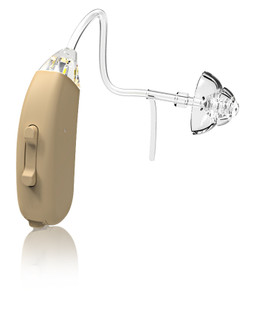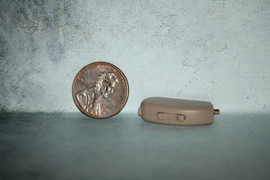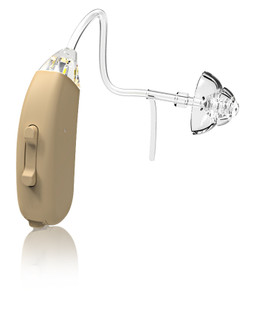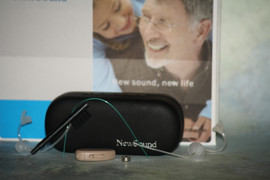Programming Hearing Aids for Different Environments
Posted by DR Paul on Jun 09, 2023
Choosing the right hearing aids can be overwhelming with so many options available on the market today. One of the most important factors to consider is the programming capabilities of the hearing aids, particularly in different environments. Hearing aids are now engineered to adapt to various acoustic settings and to provide a more natural listening experience. This blog post will provide an overview of programming hearing aids for different environments, so you can make an informed decision when purchasing hearing aids.
The Different Types of Environments
Before we dive into how hearing aids are programmed for different environments, it is essential to understand the different types of environments. There are two main categories: quiet environments and noisy environments. Quiet environments include being at home, reading a book, or having a one-on-one conversation. Noisy environments include going to a restaurant, sporting events, theater, or even driving in a car with others. Each environment requires different programming settings for optimal performance.
Automatic vs. Manual Programming
Modern hearing aids offer two programming options: automatic programming and manual programming. Automatic programming mode allows the hearing aids to detect the type of environment and adjust accordingly. On the other hand, manual programming mode means that the hearing aid settings are manually adjusted to suit your environment's needs. Most modern hearing aids use a combination of both automatic and manual programming. This provides the flexibility to make custom adjustments while also achieving automatic fine-tunings.
How Hearing Aids Are Programmed
Hearing aids are typically programmed by a hearing healthcare professional using specialist software and equipment. The hearing healthcare professional will first perform a hearing evaluation and analyze how you respond to various sounds. They will then program your hearing aids to match your hearing loss needs and the programmed settings for different environments. Modern hearing aids use advanced technology that enables custom programming to meet each individual's unique needs.
Additional Environmental Features
There are additional features programmed into hearing aids to enhance their performance in specific environments. For example, some hearing aids come with directional microphones that allow you to focus on speaking with a person or group of people and ignore background noise. Other hearing aids come equipped with noise reduction technology, which suppresses ambient sounds. Moreover, wind reduction technology is another feature that helps reduce wind noise when outdoors.
Importance of Regular Hearing Aid Maintenance
It is crucial to maintain hearing aids regularly to ensure they perform optimally in different environments. Regular cleaning is essential to keep the hearing aids functioning well and prolong their lifespan. Also, software upgrades for hearing aids are released periodically, which optimize performance and account for any new technology that the manufacturer might have added. Keeping up with software upgrades is essential to keep your hearing aid technology up-to-date.
Conclusion:
Custom programming hearing aids to adapt to different environments is essential to achieving a comfortable and natural listening experience. Understanding the different types of environments, the programming options, and additional features available is the first step in choosing the right hearing aid for your specific needs. With new technology being continuously developed, it is necessary to regularly maintain and upgrade your hearing aids to ensure they perform optimally and provide the best hearing experience. Talk to your hearing healthcare professional today to find out more about programming hearing aids for different environments.










